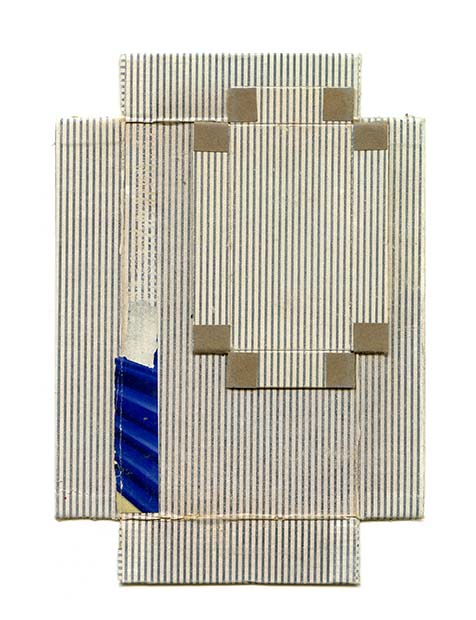- Apply
- Visit
- Request Info
- Give
Published on August 07, 2023
Linda Lindroth
I first met Sol Lewitt at the opening of Retrospective: Eva Hesse at the Yale University Art Gallery in 1992. Lewitt invited me to visit his studio in Chester, CT. I put a recently taken Polaroid 20x24 print in the trunk of my car in case I might engage him in a critique on my visit. My Polaroid 20x24 work began in the 1980s and was my introduction to highly detailed large format color photography.
Using the wall to engage the viewer has been a direction of my work since I began making large prints on photo linen in the 1970s while photographing many landscapes—The Jersey Meadowlands, Santa Catalina Island—with a medium format camera and a wide-angle lens.
The work included in this exhibition is from the series Trickster in Flatland. I am conscious of lessons learned from looking at Lewitt’s wall drawings as well as Frank Stella’s constructions. Stella refers to this evolution of abstraction in his book, Working Space. “By 1970 abstract painting had lost its ability to create space…it was no longer available to feeling, either emotional or literal…the space in painting became available to eyesight alone…”
All artists (cl)aim to control the space filled by their ideas. With Lewitt’s wall drawings the viewer’s gaze is confronted/consumed by a peripheral field filled with geometric shapes and lines.
At an exhibition of my Trickster works, I observe how a viewer confronts the pieces hanging on the walls. I have described this as The Encounter. The viewer eyes my work from an entry point in the exhibition space. Like Lewitt’s wall drawings (only smaller) It appears in the distance as large, colorful, and often abstract (even though it is always a picture of something real). During the time between The Encounter and when the viewer stands directly in front of the work, the viewer estimates, supposes, or imagines what the work might look like close up. They might be wondering what is this. I expect the viewer to be confused and perhaps disoriented. With these pieces, there is the reckoning that the work is not 3-dimensional at all but flat. What is depicted is neither painted nor rendered, but something compressed, deformed and reformed and in disrepair. It is a representation of the thing itself printed on paper that curls, further affirming its 2-dimentionality. The condition of the object rendered in high realistic detail provides the viewer a closer reading of the ephemera I use that is marked by use and age. They might see a bit of dust and want to flick it away, or a vestige of a partially torn price sticker. Within the stages of The Encounter, I presume to relate to the work of Lewitt, Stella, and Elizabeth Murray. And yet with the planar work of the latter two artists, there is no looking around and into the object. At the same time high-definition photography enables my Trompe L’oeil effected viewer to tilt their head to see if there is something 3-dimensional in the picture frame after all.


